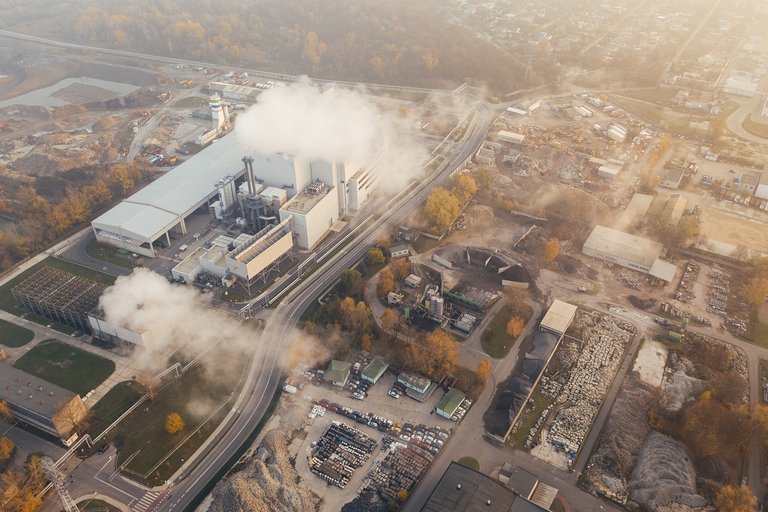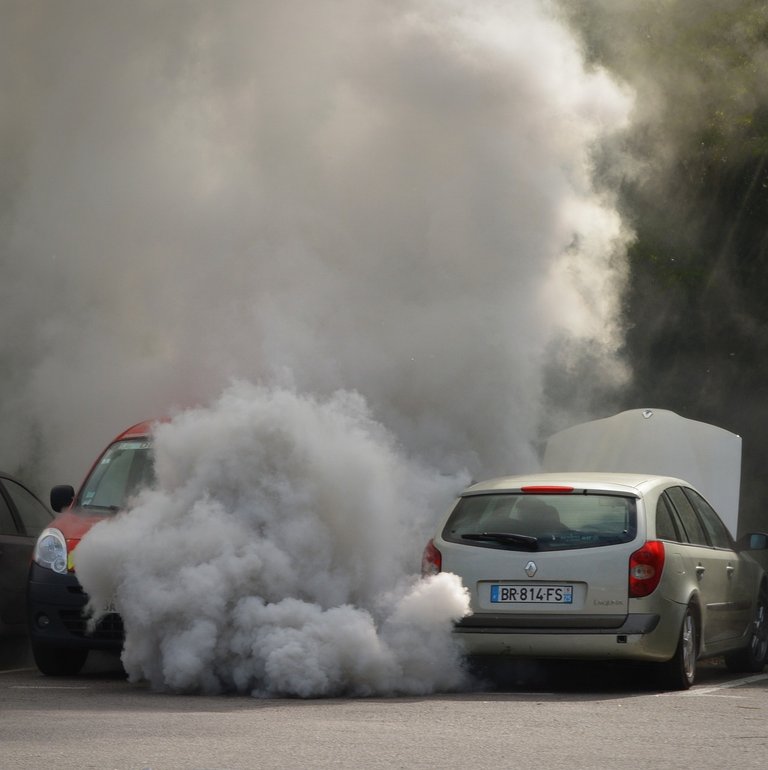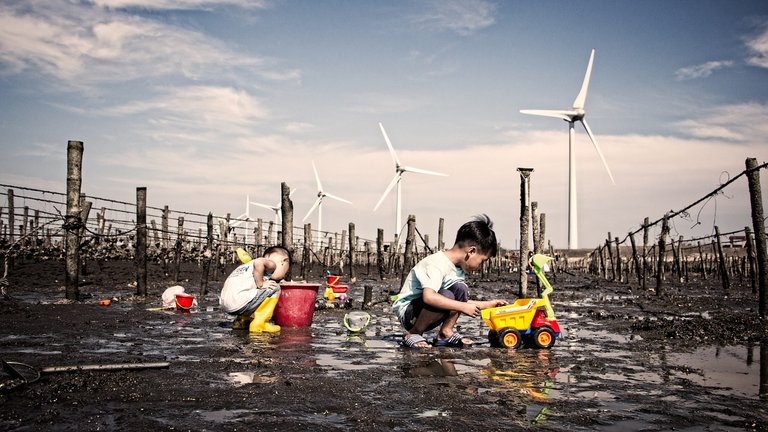Urbanisation has emerged as a defining characteristic of contemporary society, fundamentally altering the landscapes in which we live. As populations gravitate toward urban centers in search of opportunities and improved living standards, cities expand to accommodate this influx. However, this rapid development frequently comes at a steep environmental cost, manifesting in various forms of pollution that threaten both human health and ecological balance. The interconnected processes of industrialization, transportation, and infrastructure expansion contribute significantly to air, water, and soil contamination. Consequently, urban areas often grapple with increased emissions, waste generation, and the degradation of natural resources, creating a pressing need to understand the implications of pollution linked to urban growth. This essay will explore how urbanisation drives pollution, examine its effects on urban environments, and discuss potential strategies for mitigating these environmental challenges.
Air Pollution
The rapid pace of urbanization has emerged as a significant driver of air pollution, particularly in developing regions where infrastructure struggles to keep up with population growth. In cities like Nairobi, congestion and traffic-related emissions stand out as principal contributors to deteriorating air quality, exacerbated by increased motor vehicle usage as urban populations expand .This phenomenon is not isolated; it reflects a broader global challenge where industrial growth and urban sprawl lead to a mix of pollutants that endanger public health and environmental sustainability.
Water Pollution
The phenomenon of urbanization significantly contributes to water pollution, a pressing issue as cities expand and industrial activities intensify. As populations migrate from rural to urban settings, the increasing demand for water and sanitation resources often overwhelms existing infrastructures, leading to the discharge of untreated wastewater into rivers and lakes. This has been particularly evident in developing countries, where rapid urban growth is frequently accompanied by weak regulatory frameworks and insufficient waste management systems
Impact of Urban Runoff on Water Quality
The impact of urban runoff on water quality is a critical issue exacerbated by increasing urbanization. As cities expand, impervious surfaces like roads and buildings prevent natural absorption of rainwater, leading to higher volumes of runoff that carry pollutants directly into local waterways. This runoff often contains a mixture of toxic metals, oils, pesticides, and nutrients, which can significantly degrade water quality and harm aquatic ecosystems. For instance, the management of urban water systems is becoming more complex due to the need to balance growth with environmental protection, highlighting the necessity of adopting Integrated Water Resources Management (IWRM) strategies to address water pollution effectively.. Moreover, studies emphasize the importance of engaging stakeholders in developing water-sensitive urban designs that mitigate runoff effects, ensuring that communities can adapt to the challenges posed by climate change while maintaining safe water resources . Ultimately, effective management practices
Conclusion
In conclusion, the rampant pollution arising from urbanization poses significant challenges to both environmental integrity and public health, necessitating immediate and effective policy interventions. As urban areas burgeon, particularly in developing regions like Africa, the overwhelming influx of populations exacerbates the strain on infrastructure, often leading to heightened exposure to pollutants such as particulate matter and contaminated drinking water. The interrelationship between urbanization and health is profound, with studies indicating that inadequate sanitation and polluted water sources contribute directly to serious health issues, including cancers linked to disinfection by-products in drinking water.
Strategies for Mitigating Pollution in Urban Environments
To effectively mitigate pollution in urban environments, it is imperative to implement a multi-faceted approach that includes both regulatory measures and community engagement initiatives. First, enhancing public transportation infrastructure can reduce vehicle emissions by encouraging the use of buses, trains, and bicycles over personal cars. Additionally, cities may adopt stricter emission regulations for industries and vehicles to ensure compliance with environmental standards. Planting urban greenery, such as trees and vertical gardens, not only helps absorb airborne pollutants but also contributes to improved urban aesthetics and biodiversity. Moreover, fostering educational programs can effectively raise public awareness about pollution sources and sustainable practices, prompting community-level actions like recycling and waste reduction. By synthesizing regulatory frameworks with community involvement, cities can create a robust strategy that not only addresses current pollution levels but also encourages long-term environmental stewardship among urban residents.





Congratulations @ubglo17! You have completed the following achievement on the Hive blockchain And have been rewarded with New badge(s)
Your next target is to reach 50 comments.
You can view your badges on your board and compare yourself to others in the Ranking
If you no longer want to receive notifications, reply to this comment with the word
STOPCheck out our last posts:
Thank you very much.
I am honoured
Go for it, @ubglo17! Set your sights on that new target and keep pushing forward. Remember, every small step brings you closer to your goal.
Great job